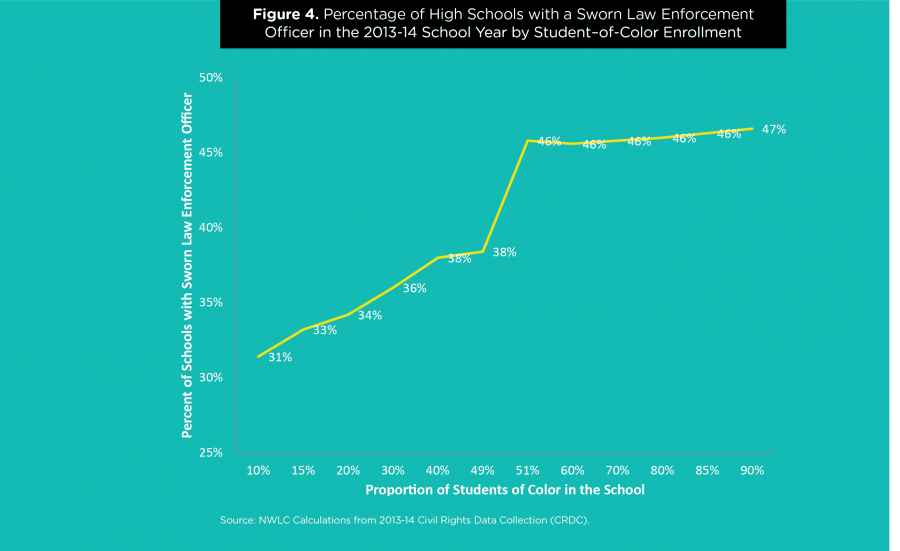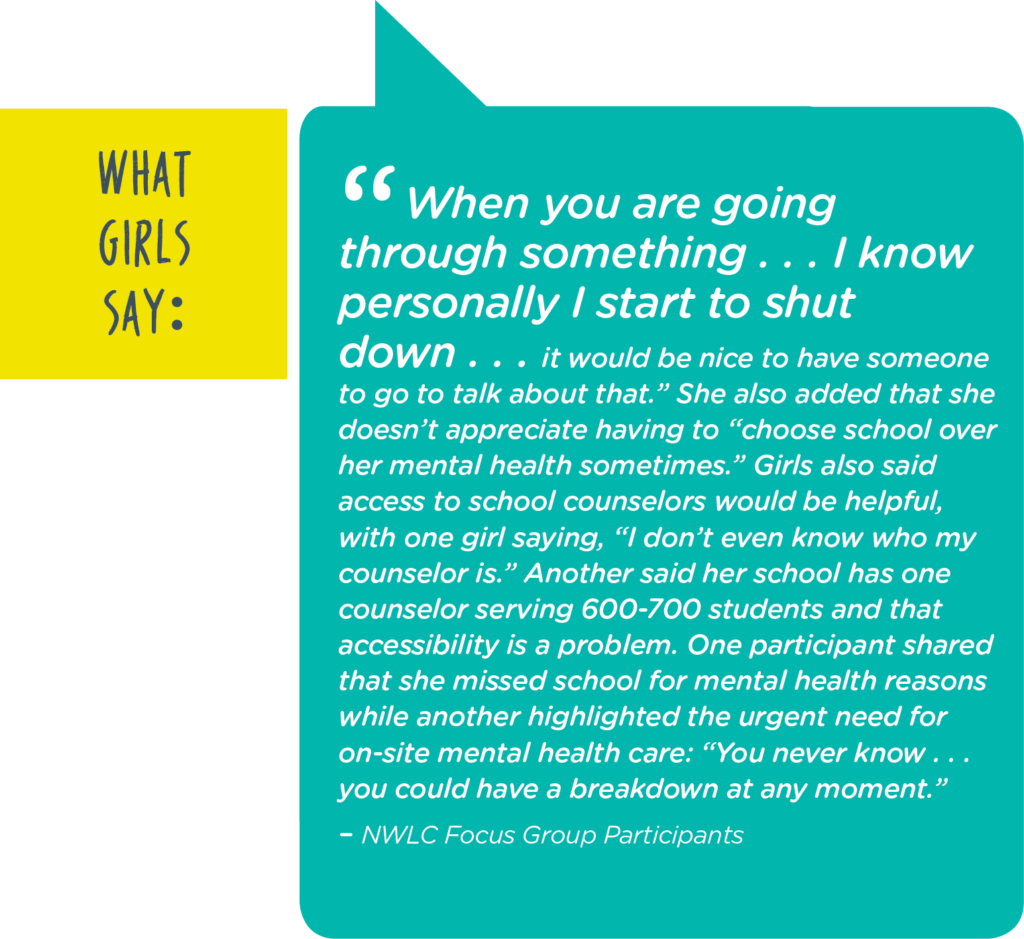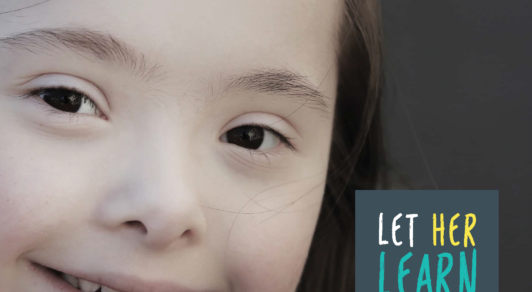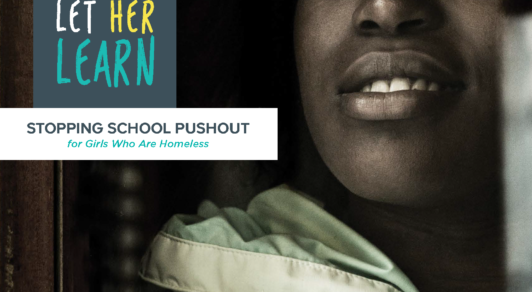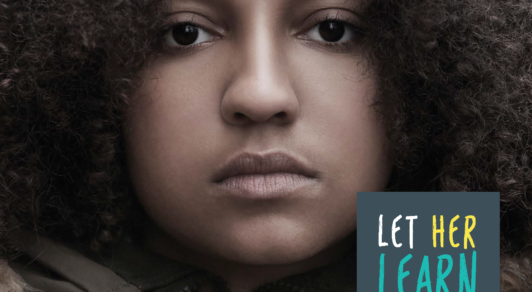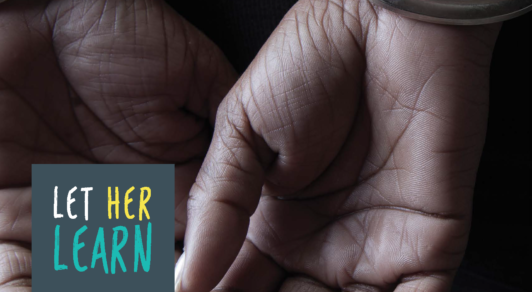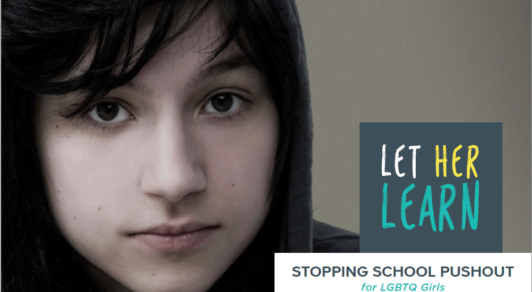Abortion rights, women of color, and LGBTQI+ people are under attack. Pledge to join us in fighting for gender justice.
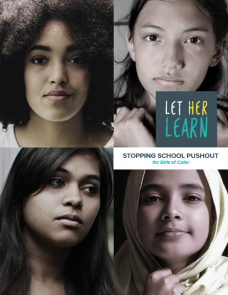 Girls of color — a group that includes Black, Latina, Asian, Native American, and Native Hawaiian/Pacific Islander girls — face many overlapping yet varying barriers to succeeding in school. For example, the National Women’s Law Center 2017 Let Her Learn Survey (“Let Her Learn Survey”) found that 55 percent of Latina girls, 38 percent of Asian/Pacific Islander girls, and 30 percent of Black girls worry about a friend or family member being deported. This survey also showed that being called a racial slur is a common experience shared by all girls of color, with one third to one half of them saying they have had this experience (Asian and Pacific Islander girls reported the highest rate), compared to just more
Girls of color — a group that includes Black, Latina, Asian, Native American, and Native Hawaiian/Pacific Islander girls — face many overlapping yet varying barriers to succeeding in school. For example, the National Women’s Law Center 2017 Let Her Learn Survey (“Let Her Learn Survey”) found that 55 percent of Latina girls, 38 percent of Asian/Pacific Islander girls, and 30 percent of Black girls worry about a friend or family member being deported. This survey also showed that being called a racial slur is a common experience shared by all girls of color, with one third to one half of them saying they have had this experience (Asian and Pacific Islander girls reported the highest rate), compared to just more
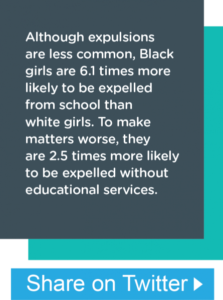 than one-eighth of white girls. And national data shows that Black girls are 5.5 times more likely and Native American girls are 3 times more likely to be suspended from school than white girls. In addition to these barriers, girls of color are more likely to attend under-resourced schools that are not culturally competent or personalized to their needs or interests, which negatively affects their educational opportunities and future earnings. Yet despite these obstacles, the Let Her Learn Survey also revealed that girls of color, as well as girls overall, are motivated to graduate and continue their education, and want help doing so.
than one-eighth of white girls. And national data shows that Black girls are 5.5 times more likely and Native American girls are 3 times more likely to be suspended from school than white girls. In addition to these barriers, girls of color are more likely to attend under-resourced schools that are not culturally competent or personalized to their needs or interests, which negatively affects their educational opportunities and future earnings. Yet despite these obstacles, the Let Her Learn Survey also revealed that girls of color, as well as girls overall, are motivated to graduate and continue their education, and want help doing so.
